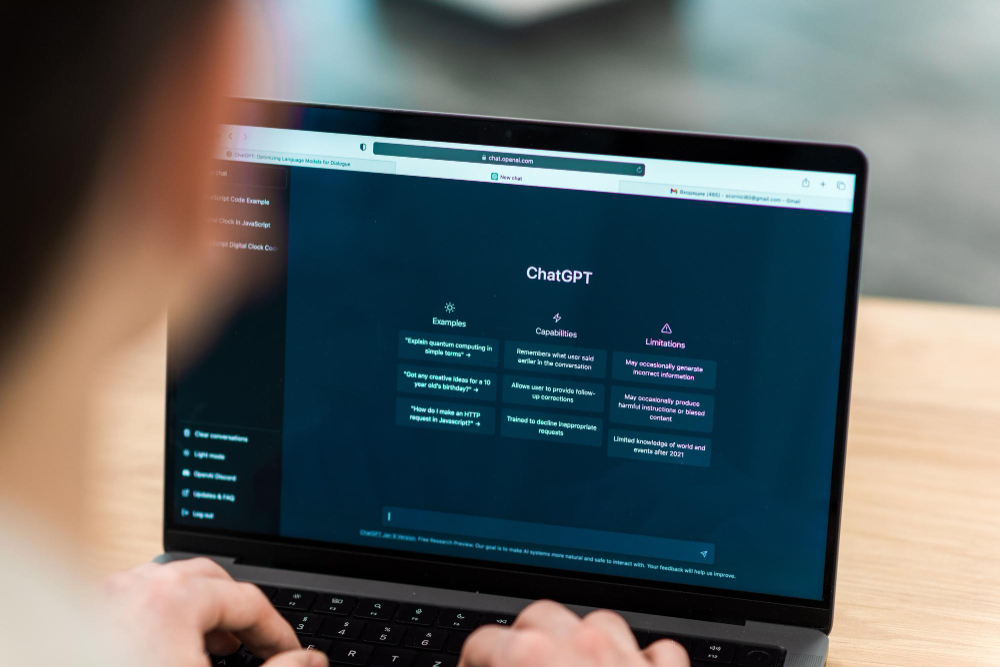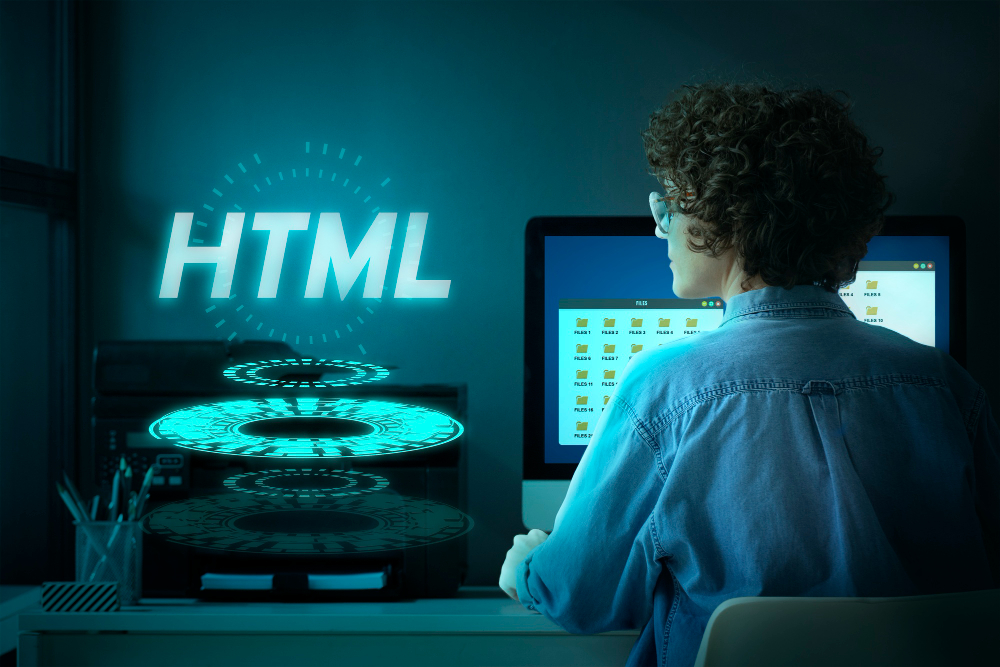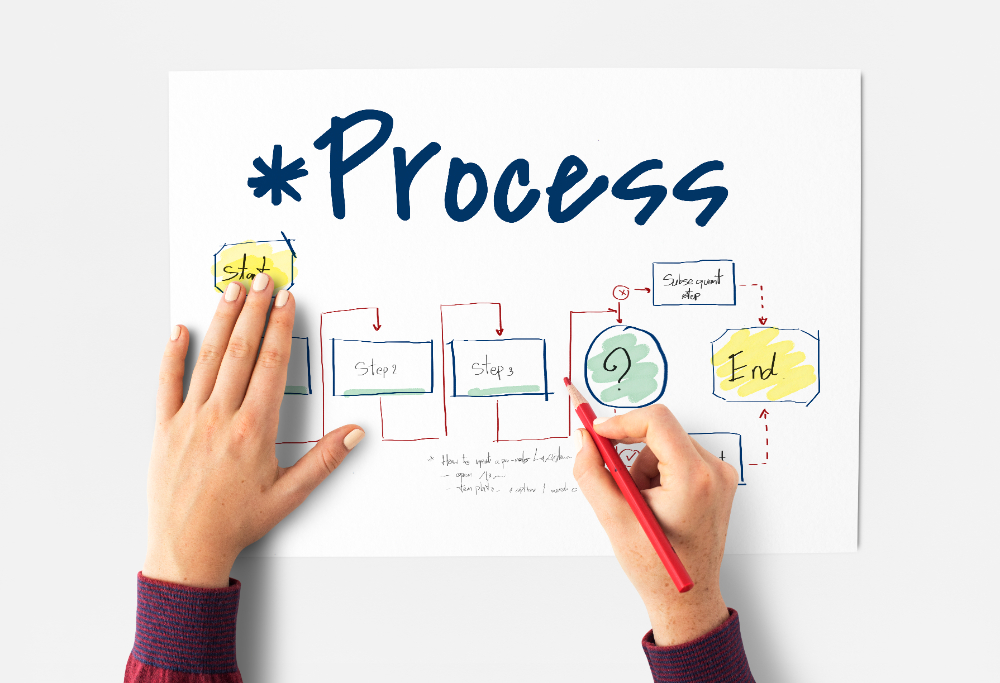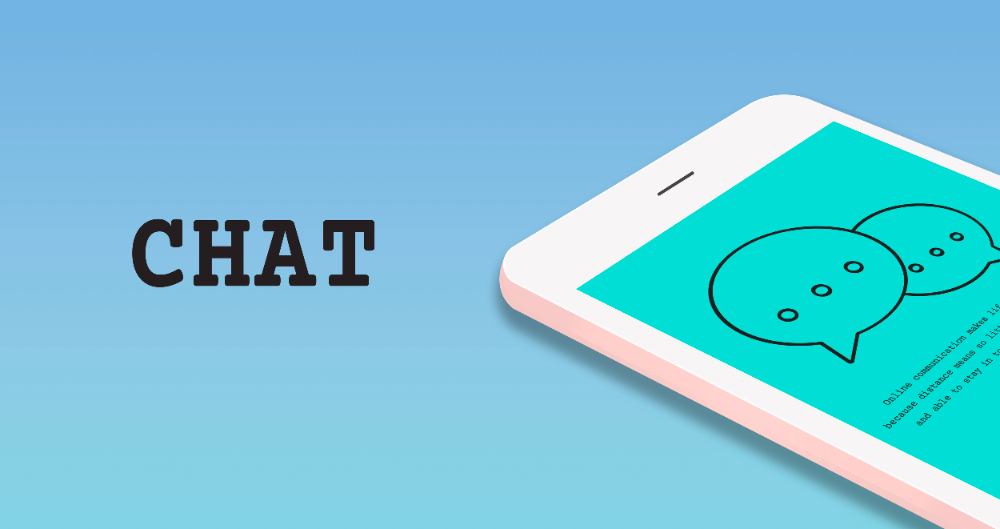Table of Contents
- Understanding Agile Methods in Education
- Key principles of Agile education:
- Implementing Agile in Education: Tools and Strategies
- Student-Centric Learning Platforms
- Project-Based Learning Modules
- Communication and Collaboration Platforms
- Impact Of Agile Methodologies On Learning Outcomes And Student Engagement
- Emerging Trends In Agile Education And Educational Technology
- Artificial Intelligence (AI) in Education
- Gamification and Immersive Learning
- Data Analytics and Learning Analytics
- Mobile Learning and Microlearning
- Agile Leadership and Professional Development
- Final Thoughts
It is an open secret that traditional education has its flaws. The one-size-fits-all approach often leaves students feeling uninspired and teachers overwhelmed. But there is a world where learning is faster, more dynamic, and engaging for everyone involved. Enter Agile methods in education!
Agile methods offer a beacon of hope. Borrowed from the world of software development, Agile principles emphasize collaboration, flexibility, and continuous improvement.
In this article, we'll explore how Agile methods can revolutionize education, speeding up learning without sacrificing quality. Get ready to embark on a journey towards a brighter, more dynamic future of education!
Understanding Agile Methods in Education
What exactly are Agile methodologies, and how did they make their way into education? Originally developed for software development, Agile methods prioritize flexibility, collaboration, and quick adaptation to change.
Think of it as a "roll with the punches" approach to problem-solving.
Now, you might be wondering, "How does software development relate to education?" Well, it turns out that many of the challenges faced in both fields are surprisingly similar.
That's where the genius of adaptation comes in. Educators have taken the core principles of Agile and tailored them to fit the unique needs of the classroom.
Key principles of Agile education:
Iterative approach: Gone are the days of rigid lesson plans set in stone. With Agile education, it's all about iteration – the process of continuous refinement and improvement. Lessons become dynamic, evolving based on student feedback and real-time insights. It's education on the fly!
Collaboration and teamwork: Education isn't just about absorbing information; it's about working together to solve problems and achieve goals. Agile methods promote collaboration among students, teachers, and even parents. It's a team effort where everyone has a role to play.
Flexibility and adaptability: In the fast-paced world we live in, change is inevitable. That's why Agile education values flexibility above all else. Lessons can be adjusted on the fly to accommodate different learning styles, interests, and even unexpected challenges. It's education that bends but doesn't break.
Continuous feedback and improvement: Feedback isn't just a one-time thing – it's a constant cycle of learning and improvement. In Agile education, students receive feedback early and often, allowing them to course-correct and grow along the way. It's a journey of constant refinement, with no destination in sight.
Implementing Agile in Education: Tools and Strategies
Student-Centric Learning Platforms
Ever wished for a one-stop shop for all your educational needs? Enter Learning Management Systems (LMS) with Agile features. These digital platforms put students at the center, allowing for personalized learning experiences and seamless collaboration.
From Codeacademy to Grammar Quizzes, Agile LMS tools are revolutionizing the way we learn and teach. Features like real-time feedback, interactive modules, and customizable learning paths empower both students and teachers to take control of their educational journey. It's education on demand, tailored to your needs.
Project-Based Learning Modules
Forget boring lectures and endless worksheets – project-based learning is where it's at. By leveraging project management tools like Trello and Asana, educators can facilitate Agile learning projects that are both engaging and impactful. It's hands-on learning with a purpose.
Gone are the days of one-size-fits-all education. Adaptive technologies support personalized and Agile learning experiences by adapting content, pacing, and difficulty level to meet each student's needs. It's education that's as unique as you are.
Communication and Collaboration Platforms
Communication is key – especially in Agile education. That's why communication tools like Slack and Microsoft Teams are essential for fostering collaboration among students, teachers, and other stakeholders. It's a virtual classroom where everyone has a voice.
From virtual whiteboards to discussion forums, there's no shortage of platforms fostering collaboration in Agile education. Whether you're brainstorming ideas or working on group projects, these tools make it easy to connect and collaborate from anywhere in the world.
Impact Of Agile Methodologies On Learning Outcomes And Student Engagement
Agile methodologies aren't just about fancy tools and buzzwords – they're about results. And the impact on learning outcomes and student engagement? Well, let's just say it's nothing short of transformative.
Enhanced Learning Outcomes: Agile methodologies prioritize personalized learning experiences tailored to each student's needs, leading to improved understanding and retention of material. With continuous feedback and iteration, students have the opportunity to master concepts at their own pace, resulting in deeper learning and higher academic achievement.
Increased Student Engagement: Traditional education can often feel like a one-way street, with students passively absorbing information. But Agile methodologies flip the script, turning learning into an interactive and collaborative experience.
By empowering students to take ownership of their learning journey and participate in real-world projects, Agile methods boost engagement and foster a genuine passion for learning.
Development of Essential Skills: Beyond academic knowledge, Agile methodologies also nurture essential skills such as critical thinking, problem-solving, communication, and teamwork. Through project-based learning, students learn to think creatively, adapt to change, and collaborate effectively – skills that are invaluable in today's rapidly evolving world.
Cultivation of Lifelong Learners: Perhaps most importantly, Agile methodologies instill a love of learning that extends far beyond the classroom. By encouraging curiosity, exploration, and self-directed learning, Agile methods create lifelong learners who are equipped to thrive in an ever-changing landscape.
Emerging Trends In Agile Education And Educational Technology
As the world of education continues to evolve, so too do the trends and technologies shaping Agile methodologies. Here are some emerging trends to keep an eye on:
Artificial Intelligence (AI) in Education
AI has the potential to revolutionize Agile education by providing personalized learning experiences tailored to each student's unique needs and preferences.
From adaptive learning algorithms to intelligent tutoring systems, AI-powered educational technologies are paving the way for a more efficient and effective learning process.
Gamification and Immersive Learning
Gamification techniques and immersive technologies such as virtual reality (VR) and augmented reality (AR) are transforming the way we engage with educational content.
As we gamify learning experiences and create immersive simulations, educators can make learning more interactive, engaging, and memorable for students.
Data Analytics and Learning Analytics
Data analytics and learning analytics tools are enabling educators to gain valuable insights into student performance and engagement.
By analyzing data collected from various sources such as LMS platforms and assessment tools, educators can identify patterns, trends, and areas for improvement, allowing for more targeted interventions and personalized support.
Mobile Learning and Microlearning
With the rise of mobile devices and on-the-go learning, mobile learning and microlearning have become increasingly popular trends in Agile education.
Educators can now accommodate the busy lifestyles of students and promote continuous learning outside the classroom by delivering bite-sized content and learning modules accessible anytime, anywhere.
Agile Leadership and Professional Development
Agile methodologies aren't just for students – they're also applicable to educators and educational leaders.
Agile leadership principles emphasize adaptability, collaboration, and continuous improvement, enabling educational institutions to respond more effectively to change and drive innovation in teaching and learning practices.
Final Thoughts
As we've explored in this article, Agile methodologies offer a promising path forward, speeding up learning without sacrificing quality.
From personalized learning platforms to project-based learning initiatives, Agile methods provide the tools and strategies needed to create dynamic, engaging, and effective educational experiences for students of all ages.
But the journey doesn't end here. As we look to the future, it's essential to continue exploring emerging trends in Agile education and educational technology, embracing innovation, and adapting to the ever-changing needs of students and society.
Because when it comes to shaping the future, the possibilities are limitless – and with Agile methodologies as our guide, the sky's the limit.

































Comments are closed.